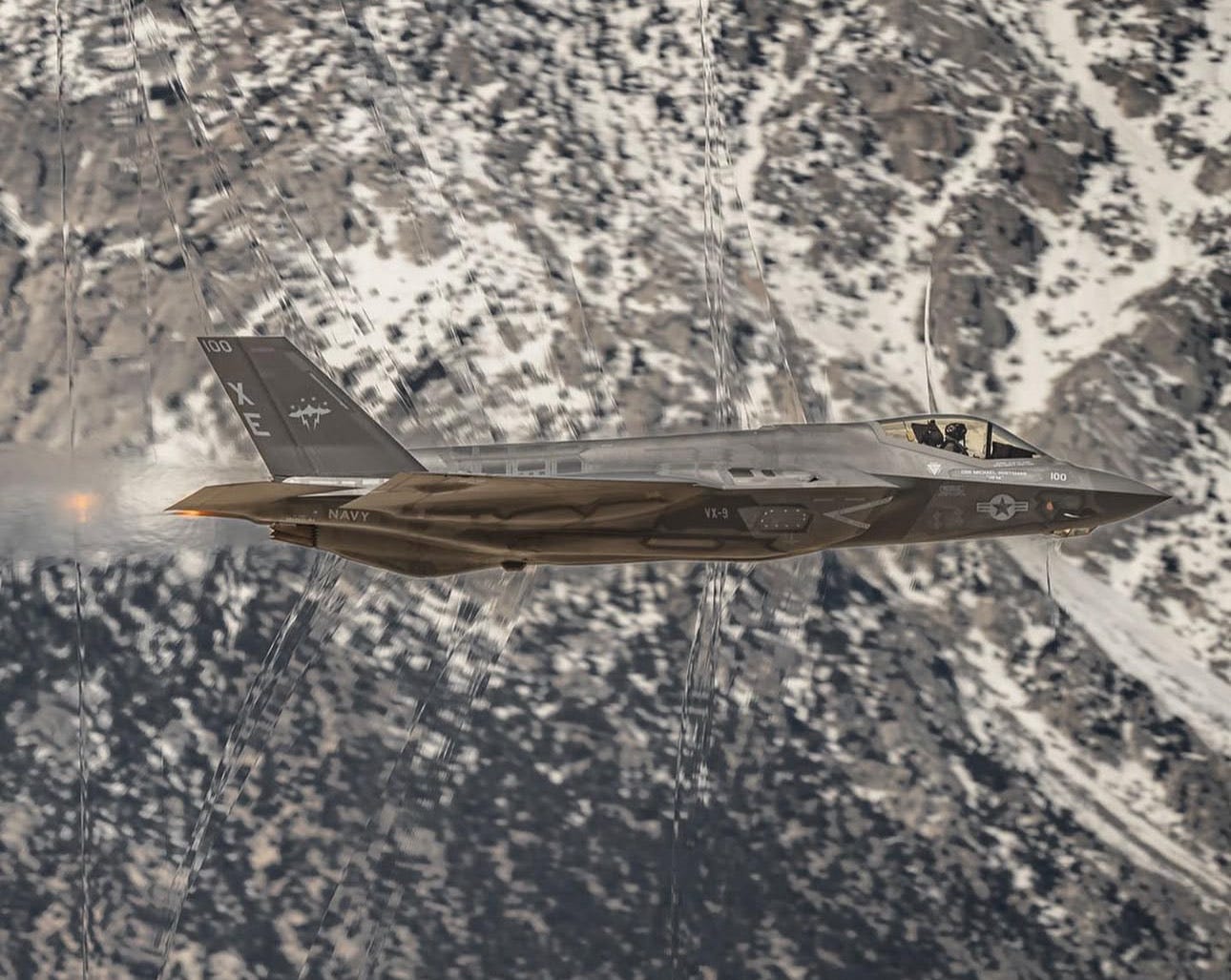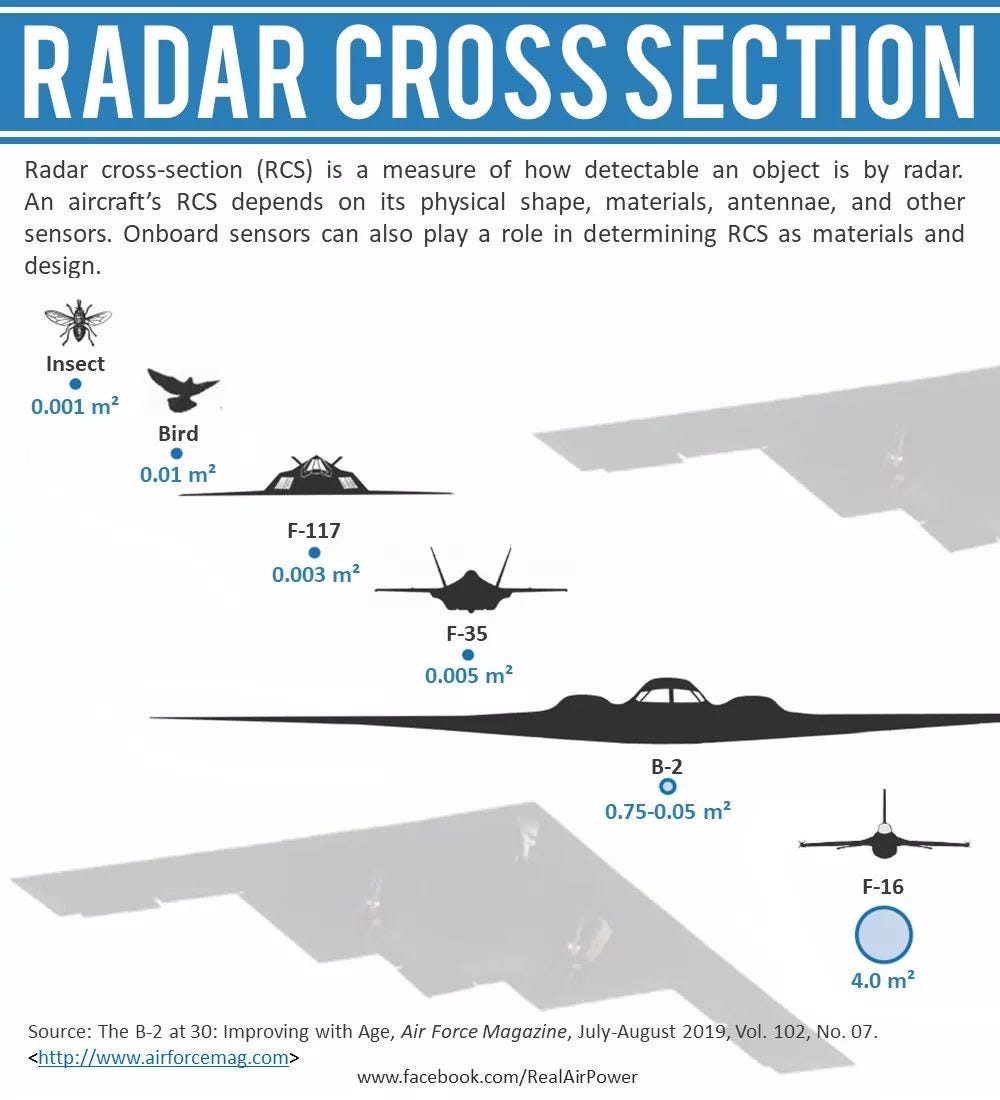China Claims It Can Track the F-35 — But Can It Really?
Is this claim legitimate? Or nationalistic puffery?
In early 2025, China made a bold announcement that turned a lot of heads in the defense world.
According to researchers from the Changchun Institute of Optics, Precision Mechanics, and Physics, China claims it has developed a system capable of tracking America's crown jewel of stealth aviation, the F-35 Lightning II.
The key, they say, is not traditional radar.
Instead of trying to detect the jet directly, China says it can follow the intense heat signature produced by the F-35’s Pratt & Whitney F135 engine, using high-altitude drones equipped with infrared sensors, backed by China's BeiDou satellite network, their version of GPS.
At certain angles, they claim, they can detect an F-35 from over 1,100 miles away.
From the front, where the aircraft’s thermal signature is smaller, detection ranges shrink to about 350 kilometers, but still significant.
And crucially, this method would be passive. The F-35 pilot would have no warning that he was being hunted.
If true, this would represent a serious breakthrough, not just in counter-stealth technology but in the balance of power in the skies.
But is it real?
Let’s break it down.
How We Normally See the Invisible
To understand why stealth still matters, and why China’s radar ambitions are so provocative, we have to talk about what makes an F-35 "invisible" in the first place.
Traditional stealth aircraft like the F-35 Lightning II, B-2 Spirit, and F-22 Raptor are designed to reduce what’s called their Radar Cross Section, or RCS. This isn’t about the plane’s physical size, but how big it appears to radar.
An aircraft with the physical bulk of a semi-truck can, thanks to careful design, show up on radar as no larger than a metal marble.
Three main factors achieve this:





